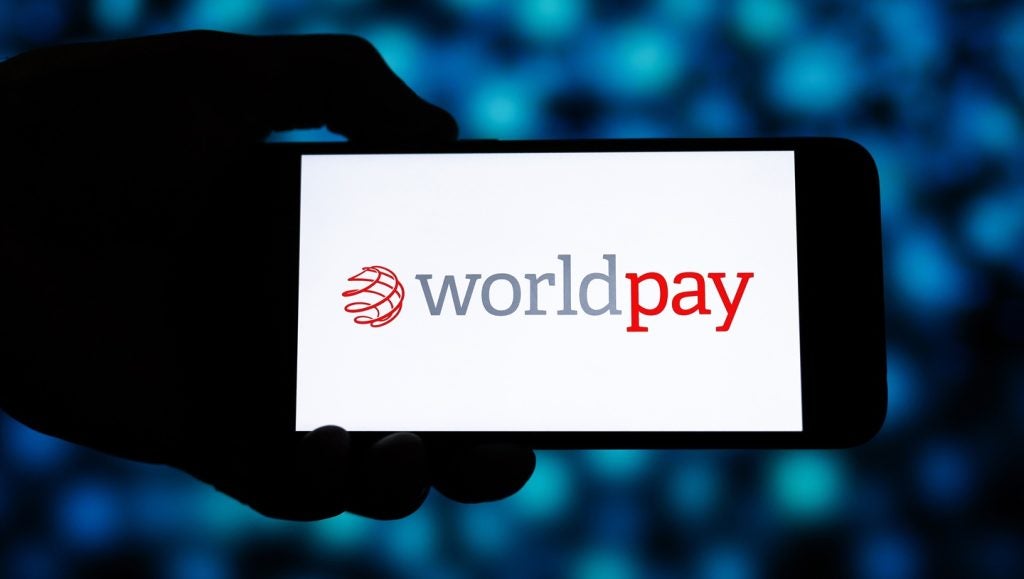The Mexican government has been saving an estimated MXN$17 billion (US$1.27 billion) annually by shifting many its payrolls, pensions and social benefits to electronic distribution, according to a study conducted by The Better than Cash Alliance.
The study found that the majority of the savings came from lower fee payments to the numerous banks, cash-based transfers, from the interest gained by not depositing funds in advance of payments, as well as from reduced unauthorized or incorrect payments.

Access deeper industry intelligence
Experience unmatched clarity with a single platform that combines unique data, AI, and human expertise.
The study estimates that the shift from cash has saved the equivalent of approximately 3.3% of those expenditures related to salaries, pensions and social transfers.
The real benefits come when electronic payments are combined with treasury centralization: centralization definitively reduced costs to government and allowed for better controls, budgeting and oversight by Tesofe over all federal expenditure.
According to the study, the eventual savings were the result of a sustained, 15-year effort by Mexico’s Ministry of Finance and the Mexican Central Bank (Banxico) that included work to centralize as well as digitize payments.
However, beginning in 2010 the government further prioritized the shift, creating significant momentum and progress over the last three years.
Lic. Irene Espinosa Cantellano, national treasurer of the United States of Mexico, said federal government spending in Mexico used to be highly decentralized, which made government payments inefficient and costly.

US Tariffs are shifting - will you react or anticipate?
Don’t let policy changes catch you off guard. Stay proactive with real-time data and expert analysis.
By GlobalData"Ours is the story of a sustained effort over time driven by successive Ministers of Finance who were sure of the ultimate benefits to government and to recipients of government payments. It is by no means complete and the reforms and policies proposed by President Enrique Peña Nieto are clear actions that it is now accelerating."
The Better Than Cash Alliance was launched in September 2012 in response to public and private sector demand for more strategic advocacy and guidance on how to transition these into electronic payments.







